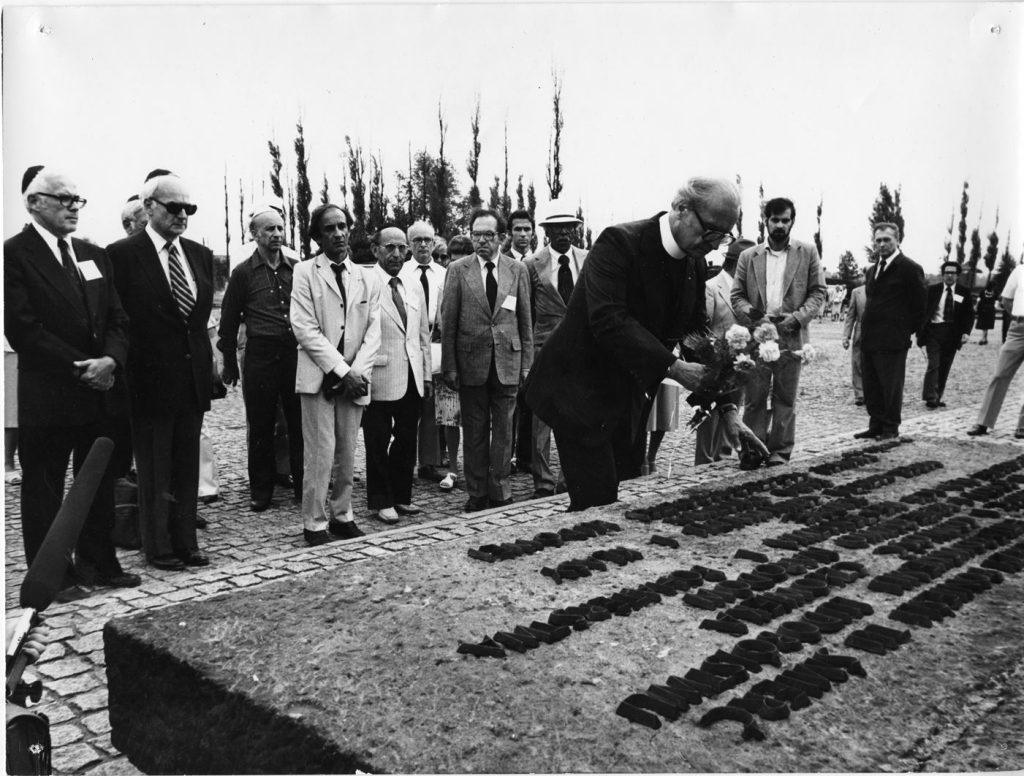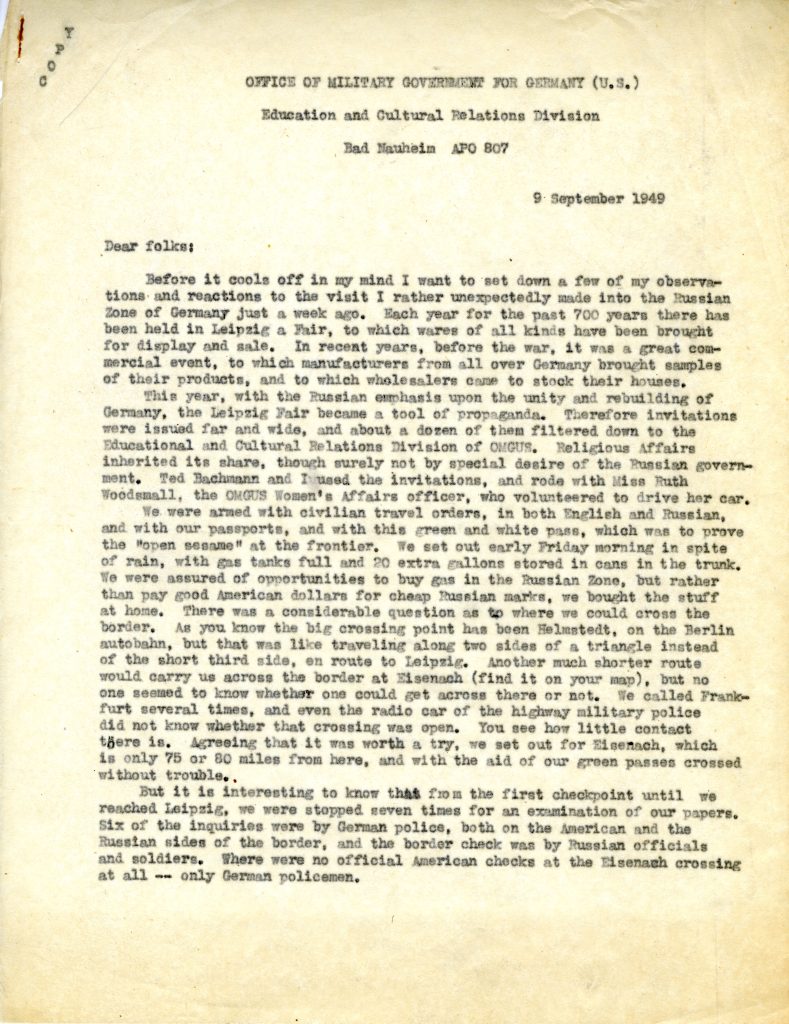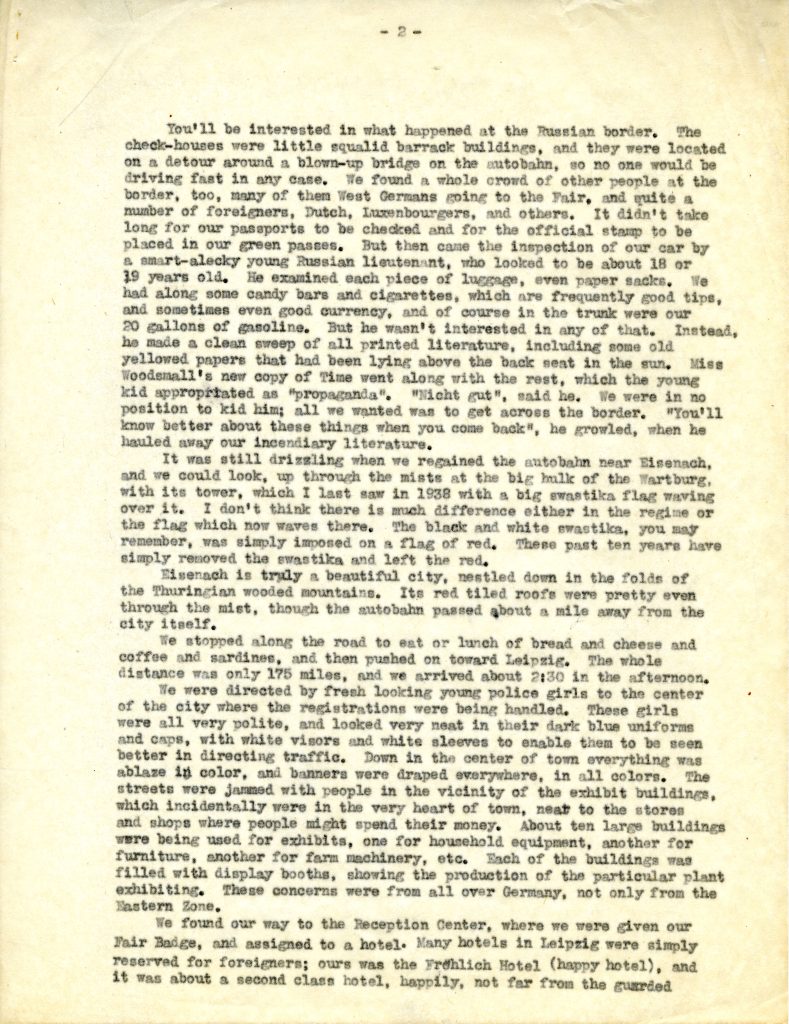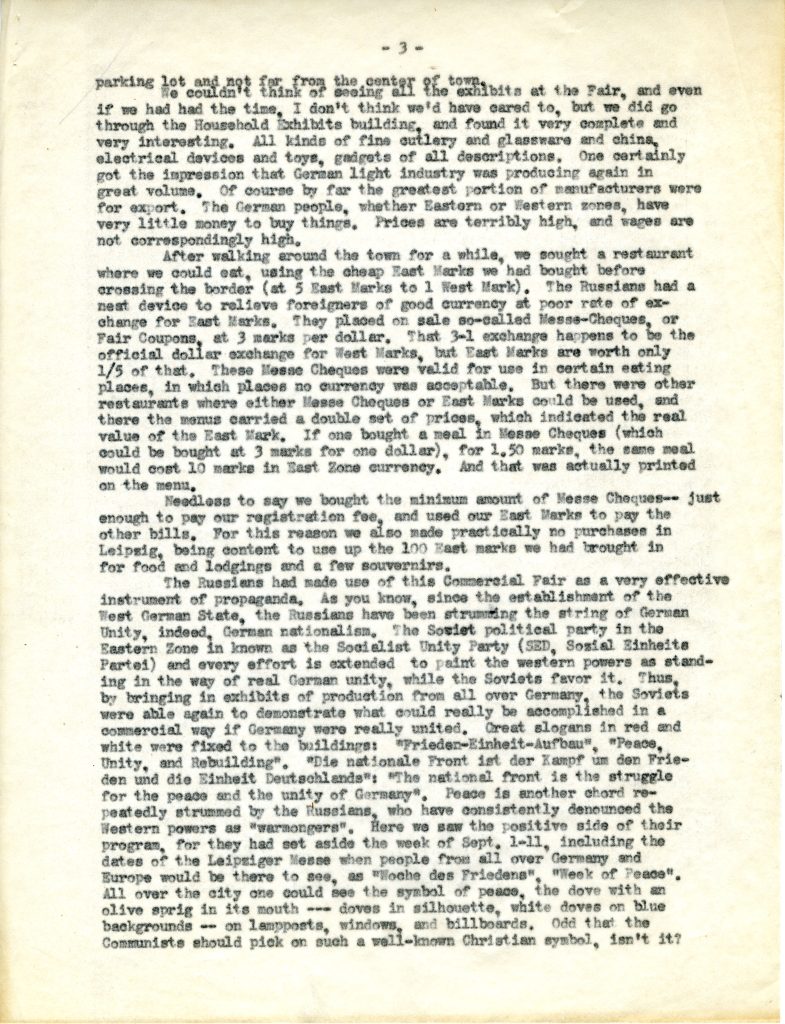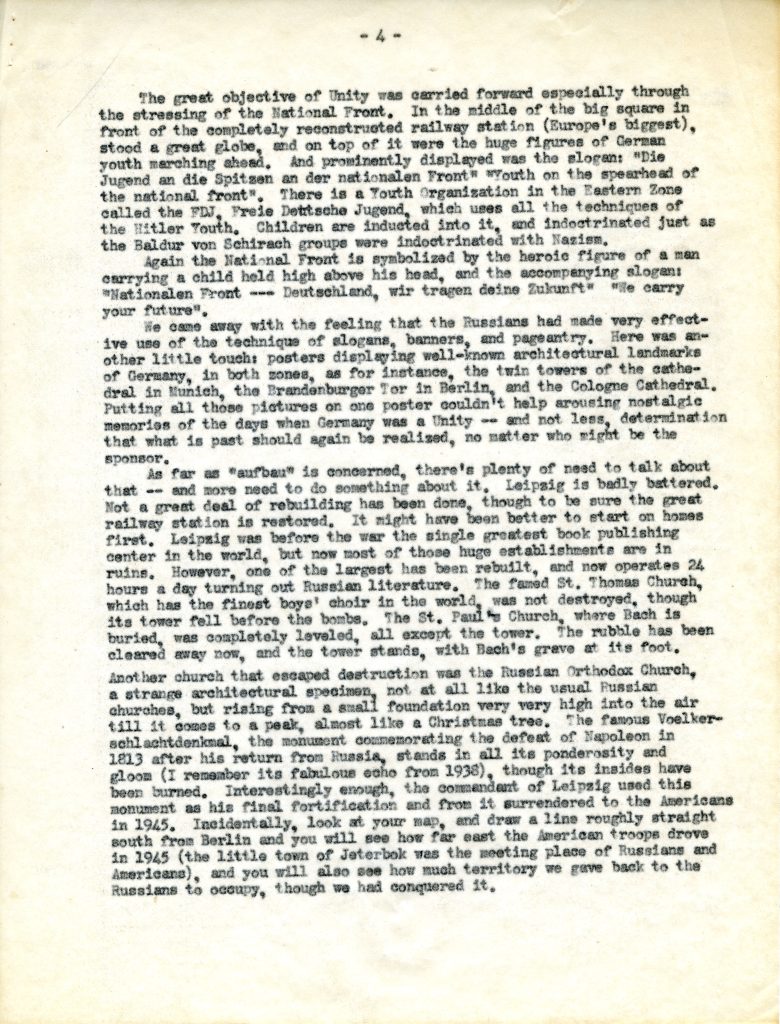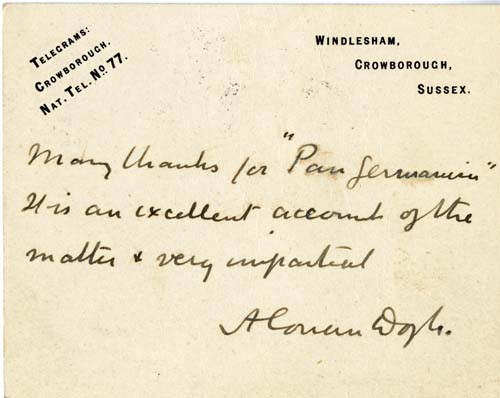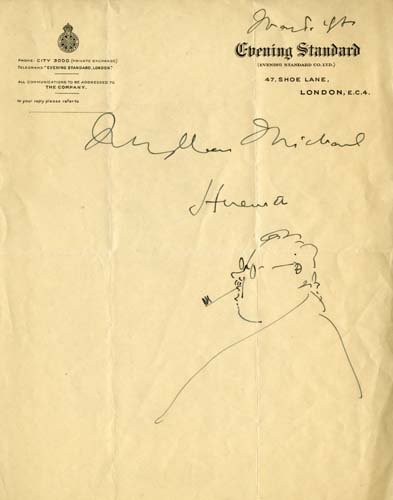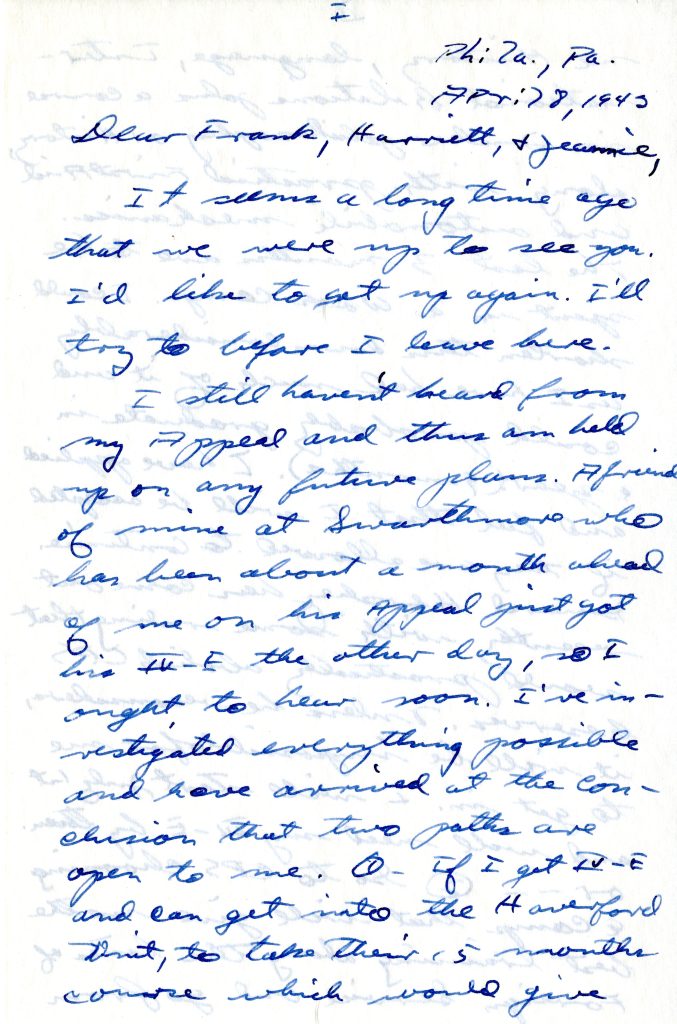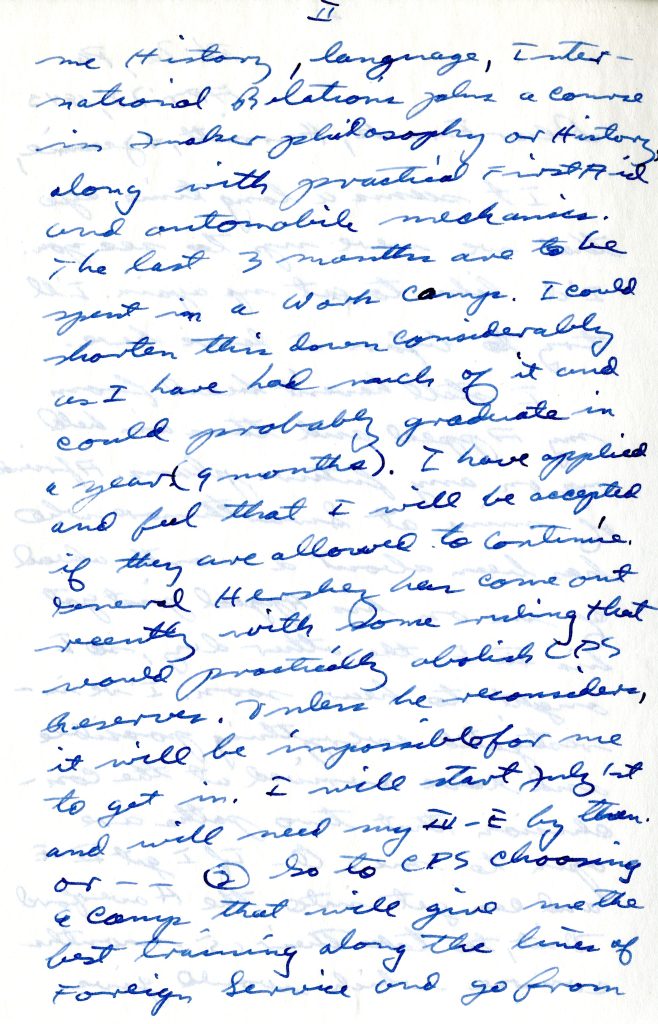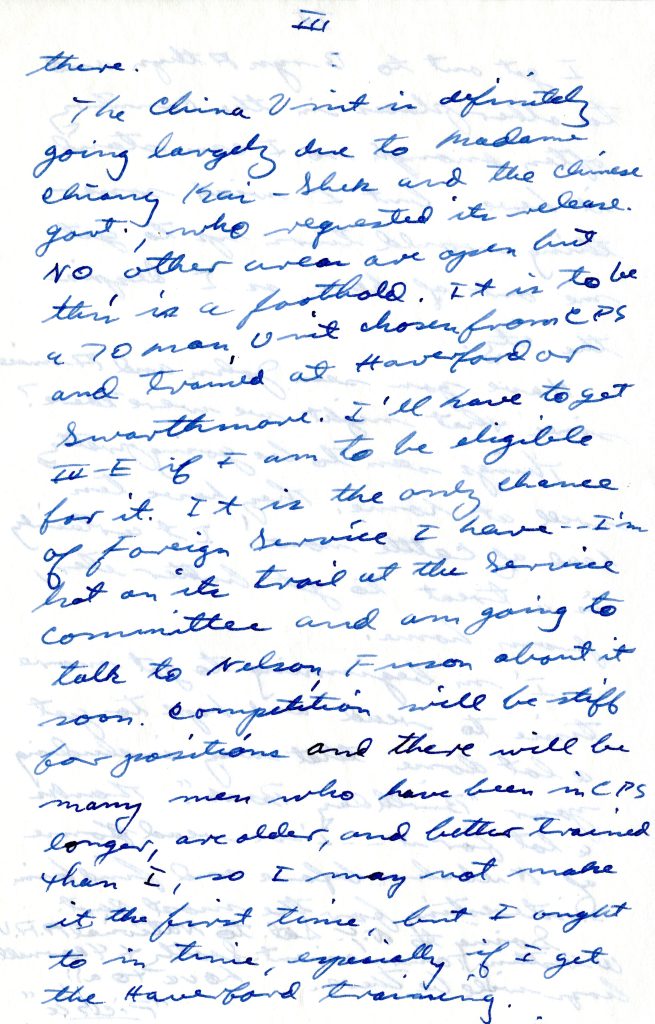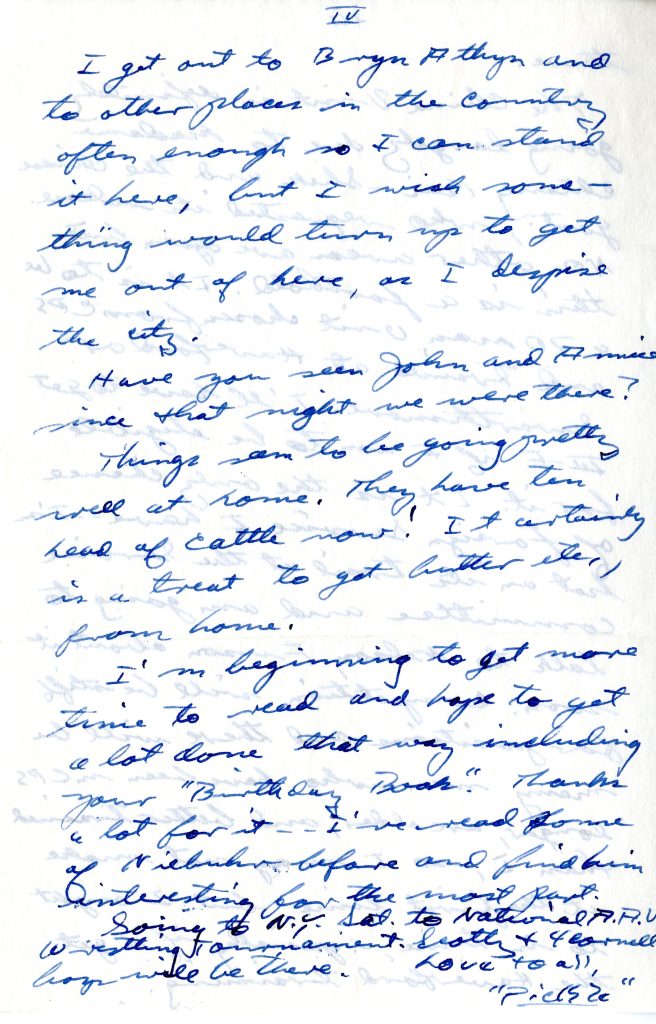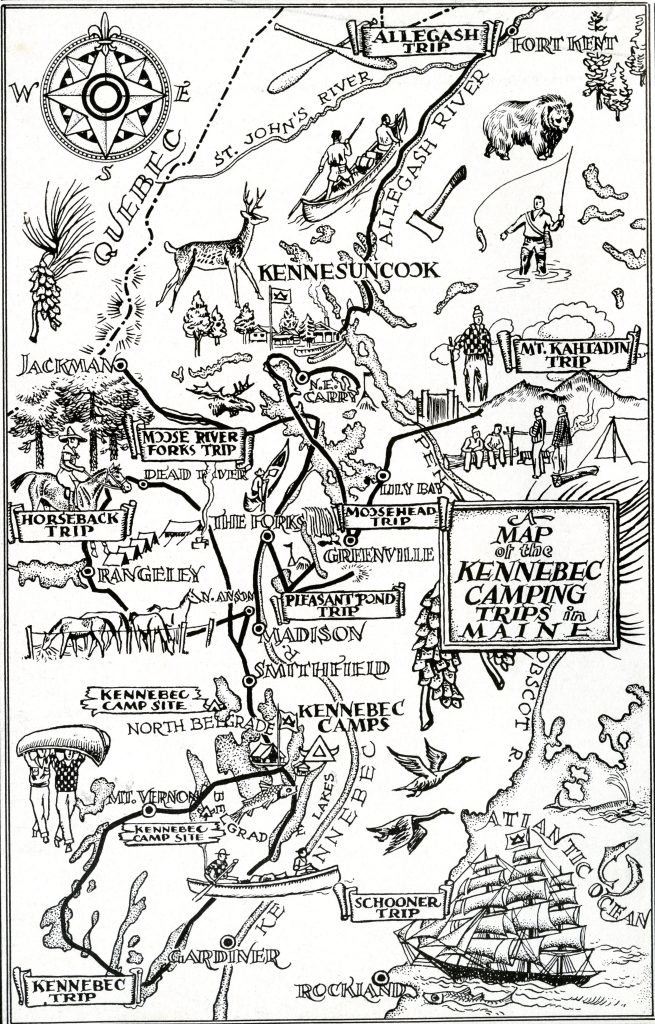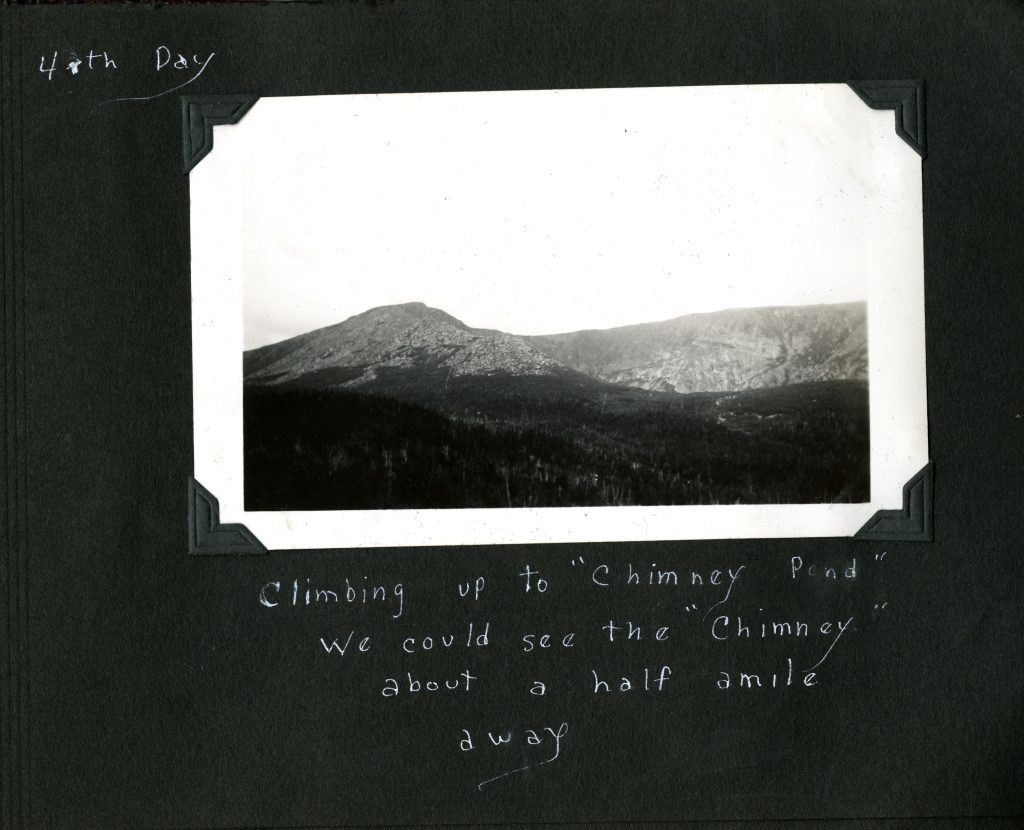Rabbi Pinchos J. Chazin (1914-2006) was a well-known and much admired spiritual leader in Philadelphia’s Jewish community. For forty-three years, he inspired and engaged the congregation of Temple Sholom with sermons and weekly lectures that connected scripture with contemporary culture in a way that was both meaningful and motivational. Rabbi Chazin’s sermons were invariably positive, encouraging congregants to explore their spirituality and delve deeper into Jewish tradition. He also displayed compassion for the foibles of human nature, an ability that impressed many people who heard Rabbi Chazin speak.
“Your work as the spiritual guide of Temple Sholom must be a taxing one,” wrote one correspondent in 1950, “but one can’t help feeling your sincerity of purpose….It did a lot to create and instill the desire to delve deeper into the beauties of Judaism, and what it stands for.” In 1970, another correspondent noted, “You are unquestionably the finest rabbi in terms of learning and expression and humanity that I have ever known, and one of the finest human beings I have ever known, as well.” And in 1979, a congregant succinctly wrote, “For the many years that you have acted as Rabbi in Temple Sholom you have opened the doors to ourselves and our children to the true meaning of Judaism and warm friendship.”
Chazin’s personal papers including his weekly sermons, book review lectures, eulogies, cantatas and related materials are now open for research in the Special Collections Research Center. To learn more about this collection, review the online finding aid http://library.temple.edu/scrc/pinchos-j-chazin-papers
Jenna Marrone, Project Archivist
